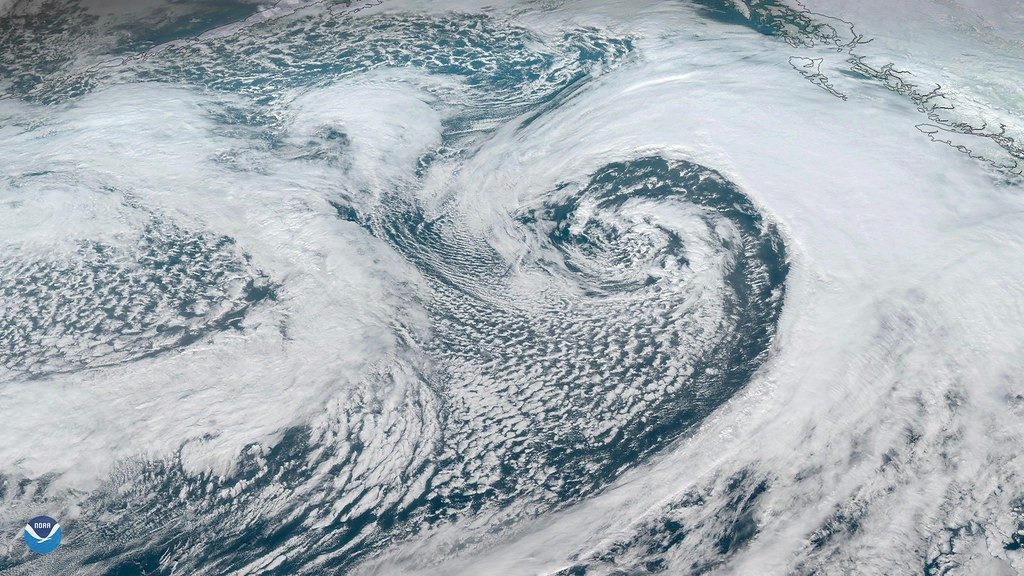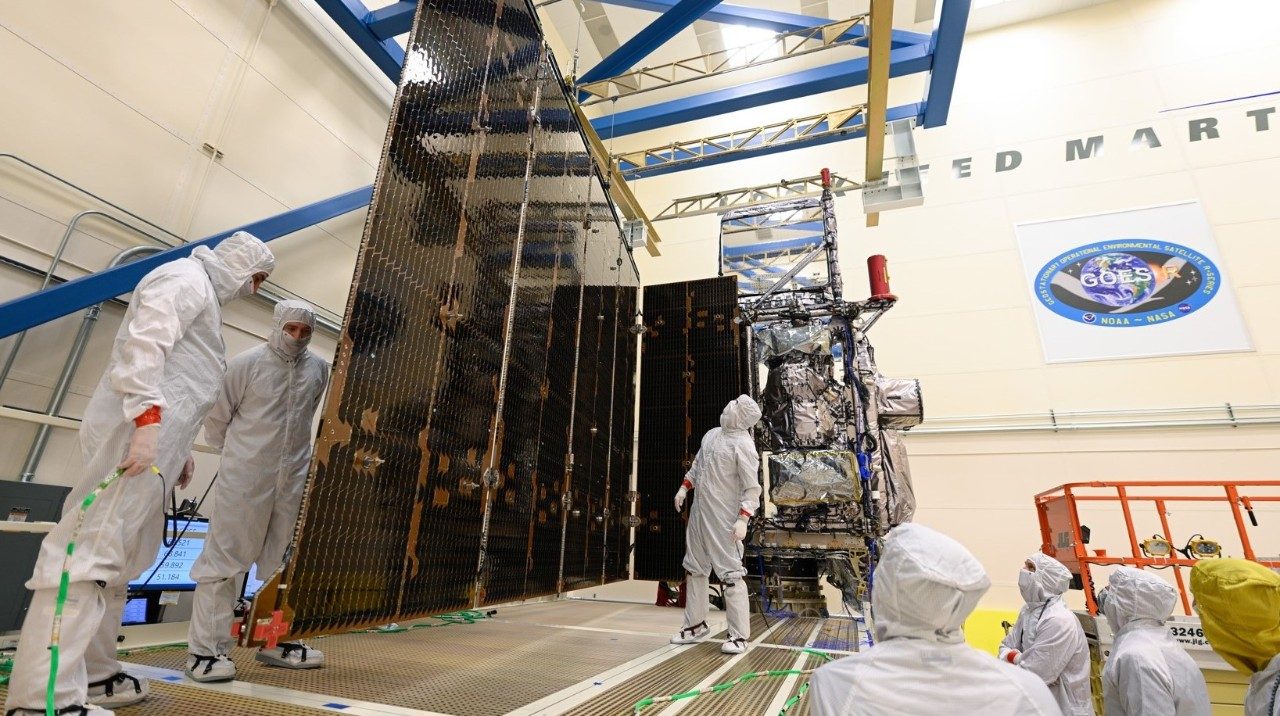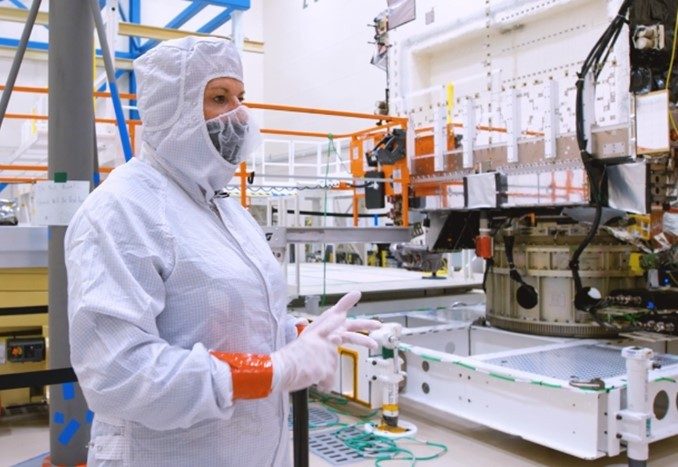Earth has an ever-changing and evolving climate that affects the lives of everyone in one way or another. The importance of understanding this evolution is the key to predicting weather patterns, monitoring environmental changes and protecting lives. NOAA’s newest geostationary operational environmental satellite, GOES-T, is the next step in the GOES-R series, which provides advanced imaging and atmospheric measurements, real-time lightning detection, and monitoring of solar activity and space weather.
Arleen Knaub, deputy program manager and chief systems engineer for GOES-T, manages the system engineering team, ensuring that the spacecraft is tested and verified. “That’s really our focus,” Knaub said, “That we’re running the right tests and seeing the right results that satisfies that we can conduct the mission.”

Weathering the storm
The GOES-R series is an impactful mission because of the precision that was introduced onboard these spacecraft. “The GOES-R series collects so much more data than the previous series of GOES satellites, Knaub said. “That data combined with machine learning allows for refined weather predictions.” As an example, by using this data the science community and forecasters can predict, within a two-mile radius, where a hurricane will make landfall 48 hours ahead of time, allowing people to prepare and protect themselves and their property.
Knaub said, “They’ve discovered, through a combination of instruments like the advanced baseline imager (ABI) and the geostationary lightning mapper (GLM), that they can determine a storm’s energy and see if it’s going to rapidly intensify, which could produce severe weather conditions.” Being able to provide advanced warning about the possibility of severe weather gives the public a chance to take shelter by using the information that GOES-R series satellites can provide. Since the introduction of these updated instruments onboard this generation of GOES spacecraft, forecasters have been able to more accurately predict where and when severe weather happens, leading to advanced warning that can save lives.
A charged environment
The GOES-T spacecraft is flying a state-of-the-art magnetometer from NASA Goddard Space Flight Center an instrument designed to precisely measure the Earth’s magnetic field from space – delivering data that scientists can use to study how it changes over time. By observing the Earth’s magnetic field and how it affects weather, climate and space, scientists can predict potential interruptions in satellite communications, which helps protect space-based assets by providing alerts and warnings to operators and power utilities. “I worked closely with the magnetometer and learned how the instrument works, and I’m fascinated by how important that science is,” Knaub said.
Understanding how the magnetosphere around the Earth evolves may also hold clues about the evolution of other heavenly bodies in our solar system, like Mars. “The thought behind it is that Mars once had a soft core and it had a relatively strong magnetic field,” Knaub said. It is theorized that Mars’ magnetic field protected its atmosphere from solar wind, the continuous flow of charged particles from the sun. “Without the magnetic field the atmosphere will be stripped away, which is why Mars atmosphere is so thin now, after it’s magnetic field weakened over time.”


It’s a challenging space
Developing and manufacturing GOES-T, like any spacecraft, is not without its challenges and requires flexibility, patience and teamwork. “GOES-T is really challenging and even though we’re on third out of four spacecraft, we really want to challenge ourselves to do it better because we’re doing it with fewer people due to efficient techniques and working through a pandemic,” Knaub said. When developing GOES-S, the team included 27 system engineers, but with GOES-T that number dropped to 12. Knaub said, “It’s a learning experience for all of us, but there’s plenty for the team to learn to develop their skills as engineers.”
In total, about 200 Lockheed Martin engineers worked on GOES-T.
Even with the hurdle of a smaller team and the development of GOES-T progressing through a global pandemic, the spacecraft was successfully manufactured and will provide key data that will ultimately help save lives. Knaub said, “I’ve really enjoyed all the people that I’ve worked with—being a part of a team that is making something real happen and building something that makes an impact is incredible.”





